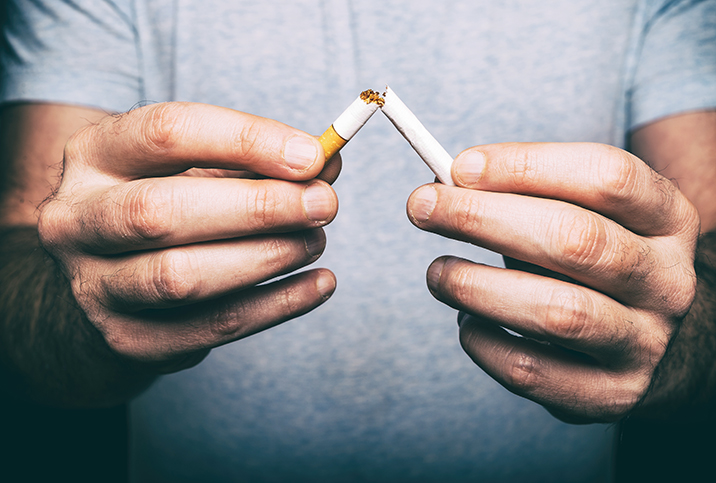Testicular Atrophy and What You Should Know About Shrinkage

In a now-classic episode of the TV show "Seinfeld," the hapless George Costanza perfectly illustrates the comic-tragedy of shrinkage when he steps out of his bathing suit after a cold swim, just as a woman walks in. "Like a frightened turtle," his friend Jerry suggests to describe the situation.
But while this kind of shrinkage—that is, the scrotum and penis retracting closer to the body when a man is cold—can be both hilarious and frustrating, there is a much more troubling cause of a more serious kind of shrinkage: testicular atrophy.
What is testicular atrophy?
First, let's make clear what it's not. When you get cold and your testicles retract, they're not actually shrinking. Though they may appear to be smaller, your scrotum is just drawing them closer to your body so they can absorb more of your core heat.
On the other hand, testicular atrophy refers to the shrinkage of an actual testicle or both testicles. To diagnose atrophy, a doctor must do a comprehensive history and physical exam of the male and determine clinically whether or not there is atrophy. Testicular atrophy can be caused by a number of factors, which we'll get to soon.
For males who have yet to hit puberty, testicular atrophy can present with other symptoms. Affected males may not develop secondary sexual characteristics such as facial hair, pubic hair or a larger-size penis as they mature into adulthood.
Many causes of testicular atrophy
For males who have already reached puberty, testicular atrophy can be caused by a number of conditions. One is a groin injury. If blood flow to a man's testicle has been disrupted due to trauma, it can result in testicular atrophy. Hormonal imbalance is another. This can occur naturally or can come from outside factors such as taking steroids or other medications that contain estrogen or testosterone.
Orchitis, which is unknown to most people, is defined as an inflammation of the testicles. At first, this painful swelling can make the testicles appear larger, but over time, orchitis can cause your testicles to atrophy. There are two main types of orchitis: viral and bacterial. Viral orchitis occurs when a male who has already hit puberty contracts the mumps, which can cause testicular inflammation followed by atrophy. Bacterial orchitis is usually caused by a sexually transmitted disease (STD) such as gonorrhea or chlamydia. It can also be due to a urinary tract infection (UTI) or a catheter inserted in the penis.
Radiation or chemotherapy can upset your hormonal balance and cause testicular atrophy.
Age can also cause it. Just as women go through menopause, some men experience what's called andropause, a condition in which testosterone levels drop. It can cause testicular atrophy and other symptoms, including muscle and bone loss, weight gain and moodiness.
Sometimes veins in the scrotum swell much the same way that varicose veins swell in the legs. This condition, called varicoceles, affects some 15 to 20 percent of men, especially as they age, and can cause testicular atrophy.
When a testicle gets rotated on the spermatic cord, blood flow is cut off. This causes a painful condition called testicular torsion, a medical emergency that can result in testicular atrophy if it's not treated immediately in the emergency department.
Last, for our purposes anyway, is alcohol abuse. Heavy alcohol abuse can cause low testosterone and damage to the tissue of the testicles, potentially resulting in atrophy.
Find the right treatment
With so many potential causes for testicular atrophy, the most important action to take if you suspect you may have it is to schedule a medical examination, so you can get appropriate and immediate treatment.
Your doctor will likely check your testicles for inflammation, ask about your medical and sexual history, and inquire about your lifestyle choices, including alcohol and tobacco use. If deemed necessary, the doctor may test you for STDs, order an ultrasound or a complete blood count workup, or test your testosterone levels.
Treating testicular atrophy comes down to treating the underlying cause. If you have an STD, a round of antibiotics will usually stop the atrophy, or your doctor may change your medication or suggest lifestyle changes such as cutting down on alcohol, for example. In the case of testicular torsion, surgery might be needed.
The main point to remember is that this kind of shrinkage isn't always reversible. The sooner you detect testicular atrophy and get treatment for the underlying cause, the better your chances of preventing irreversible damage.


















